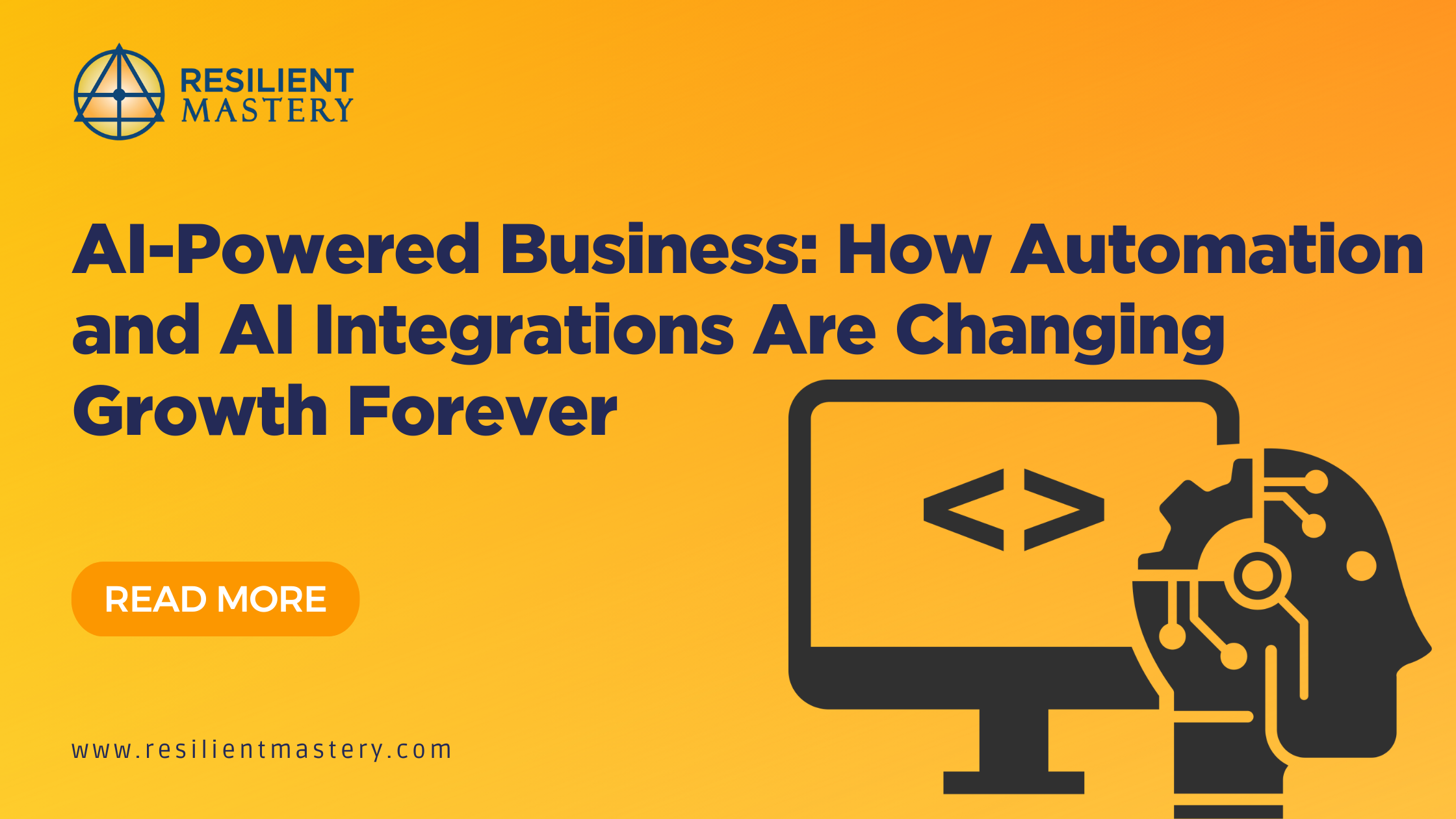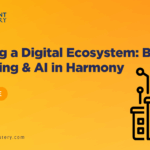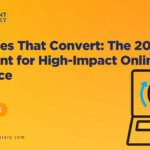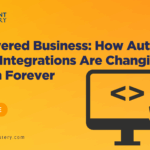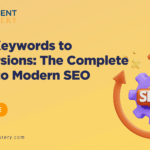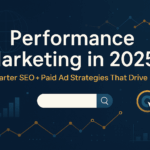Introduction: The New Age of AI-Powered Business
Business in 2025 is fundamentally different from even five years ago. Artificial intelligence is no longer a futuristic add-on — it is the engine powering efficiency, personalization, and scale across industries.
From small startups to global enterprises, AI-powered automation is reshaping how organizations operate, make decisions, and engage customers. Integrating AI into workflows isn’t just about saving time; it’s about creating new levels of growth, profitability, and competitive advantage.
This article explores how businesses are using AI integrations to optimize performance, enhance customer experiences, and scale sustainably.
What Does It Mean to Be an AI-Powered Business?
An AI-powered business leverages artificial intelligence across its core functions — from marketing and operations to customer service and decision-making.
Key Characteristics:
- Automation: Repetitive tasks handled by AI systems.
- Integration: AI embedded seamlessly into CRMs, ERPs, websites, and workflows.
- Insights: Real-time data analysis driving smarter decisions.
- Personalization: Customer journeys tailored at scale.
Instead of being a siloed tool, AI becomes a layer that connects all business functions into a more intelligent ecosystem.
The Growth Imperative: Why AI is Non-Negotiable
- Efficiency Gains: Businesses using AI automation save up to 30–50% in operational costs.
- Revenue Growth: Companies applying AI to personalization see 20–40% sales lifts.
- Scalability: Startups can act like enterprises by leveraging AI workflows.
- Competitive Edge: Early adopters are outpacing competitors stuck in manual processes.
📊 Stat: By 2025, it’s estimated that 80% of businesses worldwide will be using some form of AI-powered automation.
Core Areas Where AI is Driving Change for AI-Powered Business
Marketing and Lead Generation
- AI chatbots capturing and qualifying leads 24/7.
- Predictive analytics to identify high-value prospects.
- Content generation & personalization to match buyer intent.
Example: A SaaS company uses AI to analyze browsing data and send personalized email campaigns that triple conversion rates.
Customer Service
- Conversational AI resolves 70–80% of customer queries without human intervention.
- Sentiment analysis helps businesses adapt tone and service in real-time.
Example: A hospitality group reduces call center volume by 50% with AI-powered business support, freeing agents for complex cases.
Operations & Workflow
- RPA (Robotic Process Automation) for tasks like invoicing, payroll, and compliance.
- Supply chain optimization through AI-driven forecasting.
Sales & Revenue Growth
- AI-driven CRMs suggest next best actions.
- Dynamic pricing models optimize profit margins in real-time.
The Human + AI Partnership for AI-Powered Business
AI is not here to replace people; it’s here to augment human creativity and decision-making.
- Humans bring empathy, strategy, and intuition.
- AI brings speed, scale, and pattern recognition.
- Together, they create a hybrid model of exponential growth.
📊 Stat: Companies that integrate human + AI collaboration are 1.8x more likely to report revenue growth than those using either in isolation.
Overcoming Barriers to AI Adoption for AI-Powered Business
Despite its benefits, many businesses hesitate to integrate AI. Common barriers include:
- Cost perception: Belief that AI is only for large enterprises.
- Complexity: Fear of technical difficulty.
- Resistance to change: Teams worried about job displacement.
The truth: AI tools are now accessible and affordable for small to mid-sized businesses, especially through partnerships with agencies like Resilient Mastery, who handle setup, training, and integration.
Case Studies: AI in Action
E-commerce: Personalization at Scale
An online fashion retailer integrates AI for AI-Powered Business to recommend products in real time. The result:
- 25% increase in average order value.
- 40% boost in repeat purchases.
Healthcare: Streamlined Patient Support
A medical clinic deploys AI chatbots for scheduling and FAQs. Patients receive instant answers, while staff focus on care. Wait times decrease by 60%.
Professional Services: Automated Lead Nurture
A law firm integrates AI into its CRM. AI scores leads, sends tailored follow-up emails, and alerts attorneys only when prospects are ready to engage. Result: 35% more clients signed per quarter.
The Future of AI-Powered Business
- Hyper-Personalization: Customer experiences tuned to the individual.
- Predictive Decision-Making: Businesses forecasting needs before customers even act.
- AI + IoT Fusion: Smart environments powered by integrated devices.
- Ethical AI: Transparency and responsible AI usage becoming a brand differentiator.
How to Begin Your AI Integration Journey
Step 1: Identify Repetitive Workflows
Look at tasks consuming staff time — scheduling, data entry, customer support.
Step 2: Choose AI Tools That Integrate
Focus on plug-and-play tools that sync with CRMs, email platforms, and websites.
Step 3: Start Small, Scale Fast
Run pilots in one department (e.g., lead gen) before expanding.
Step 4: Train Teams for Collaboration
Help staff see AI as a partner, not a threat.
Step 5: Measure & Optimize
Track ROI, conversion lifts, and efficiency gains — then refine.
Conclusion: The Future is Automated, Integrated, and Scalable
The future belongs to businesses that embrace AI as a growth engine. Automation is not just about cost savings — it’s about scaling impact, deepening customer trust, and creating freedom for humans to focus on innovation and creativity.
Those who ignore AI risk falling behind; those who adopt it strategically are building the businesses of the future today.
Resilient Mastery specializes in AI integrations that transform businesses. From chatbots and automation systems to AI-powered analytics, we help you unlock efficiency and accelerate growth.

